Teaching Probability with Deal or No Deal
This post should actually be titled “Teaching Probability with Deal or No Deal and Teaching Myself a Whole Lot More in the Process.”
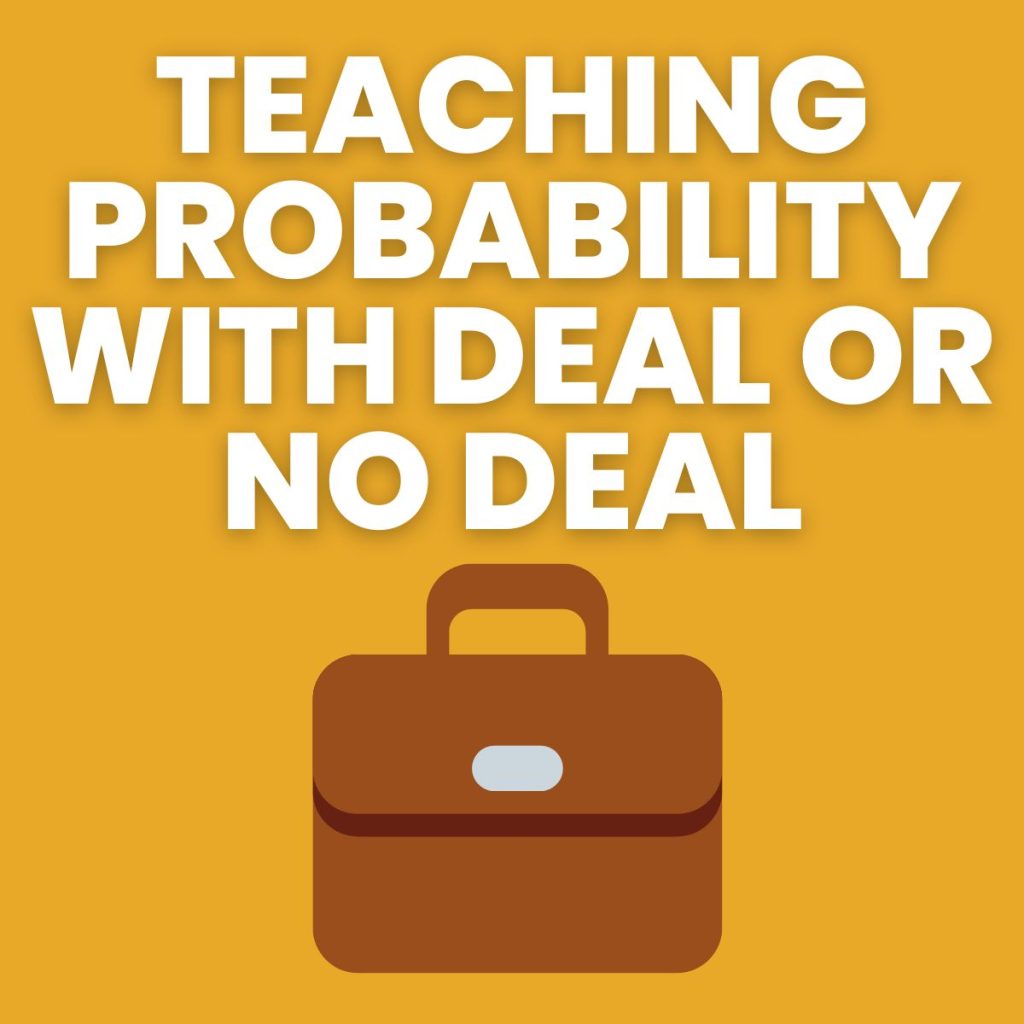
After my 8th graders were finished with state testing, my cooperating teacher suggested that I have the students play Deal or No Deal one day to practice probability. He told me that he had already created a worksheet for the activity that he had successfully used in the past, but he wanted me to have the opportunity and experience of creating my own.
I spent hours making the perfect worksheet. And, I was pretty proud of it. It was very visually pleasing. It was set up as a table with spaces to fill in the number of unopened cases, the offer.
It even had a place to mark off the cases as they were opened.
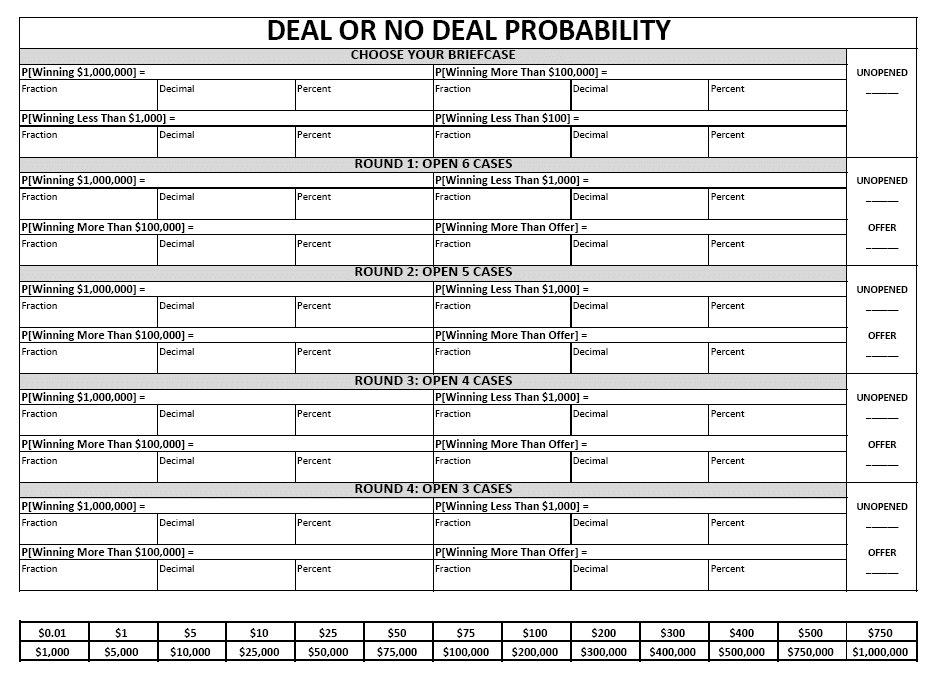
We pulled up the online version of Deal or No Deal to play as a class on the Smart Board.
My students however, found the worksheet to be incredibly confusing. They couldn’t keep up with where we were at on the worksheet. And, things didn’t go exactly as I had planned because of that. What had seemed obvious to me was not obvious to my 8th graders.
After teaching the activity several times throughout the course of a day, I scrapped the worksheet.
Yes, I’d spent hours making it. But, using it was hindering my students instead of helping the learning process. Instead, I had students get out a sheet of notebook paper. I would tell them what probability we were calculating. There was no nifty chart to fill out. No boxes to mark off. But, the students knew where we were. The students were less stressed, and I was less stressed.
Overall, my students really enjoyed playing Deal or No Deal. They soon realized that if we played the game based on probability, it would look a lot different than how most contestants play the game. The activity also provided us with lots of practice converting from fractions to decimals to percents.
Throughout the second half of my student teaching, my cooperating teacher set out to work on my decision making skills. I’ve always been a very indecisive person. My natural tendency is to defer
the choice to another person. Where do you want to eat? I don’t know. Where do you want to eat?
So, when students came to me asking questions, I, naturally, deferred to my cooperating teacher.
After all, it was his classroom. Can I go to the bathroom? Can I go to the nurse? What can I do to bring up my grade? Soon, he realized what I was doing and set out to change this habit. When I would look to him for advice, he would say, “I don’t know. What are you going to do, teacher?”
So, I guess I’m thankful he didn’t hand me his worksheet. If he had, I wouldn’t have had the courage to scrap it for fear of offending him. But because it was my worksheet and I was the teacher, I did what I knew was best for my students.
Student teaching taught me to plan. Plan more than you think you need to. But also, don’t be afraid to throw those plans out the window when things change. If something isn’t working, do something else. Anything else. Students are the priority-not keeping up with what you had planned to do.
So, for what it’s worth, here are the worksheets I created. As I said above, these did not work well for my 8th graders. But, I’m posting them anyway in hope that some one may be able to find inspiration, ideas, or something useful from them.
Free Download for Teaching Probability with Deal or No Deal
I actually made two versions of this teaching probability with Deal or No Deal Activity. One version asks students to express the probability as a fraction, decimal, and percent. The other version allows the teacher to choose.
Click here to Download
Deal or No Deal (PDF)
9151 downloads – 128.26 KB
Click here to Download
Deal or No Deal – Fractions Decimals Percents (PDF)
5017 downloads – 194.28 KB
Click here to Download
Deal or No Deal (EXCEL FILES ZIP)
3337 downloads – 352.20 KB

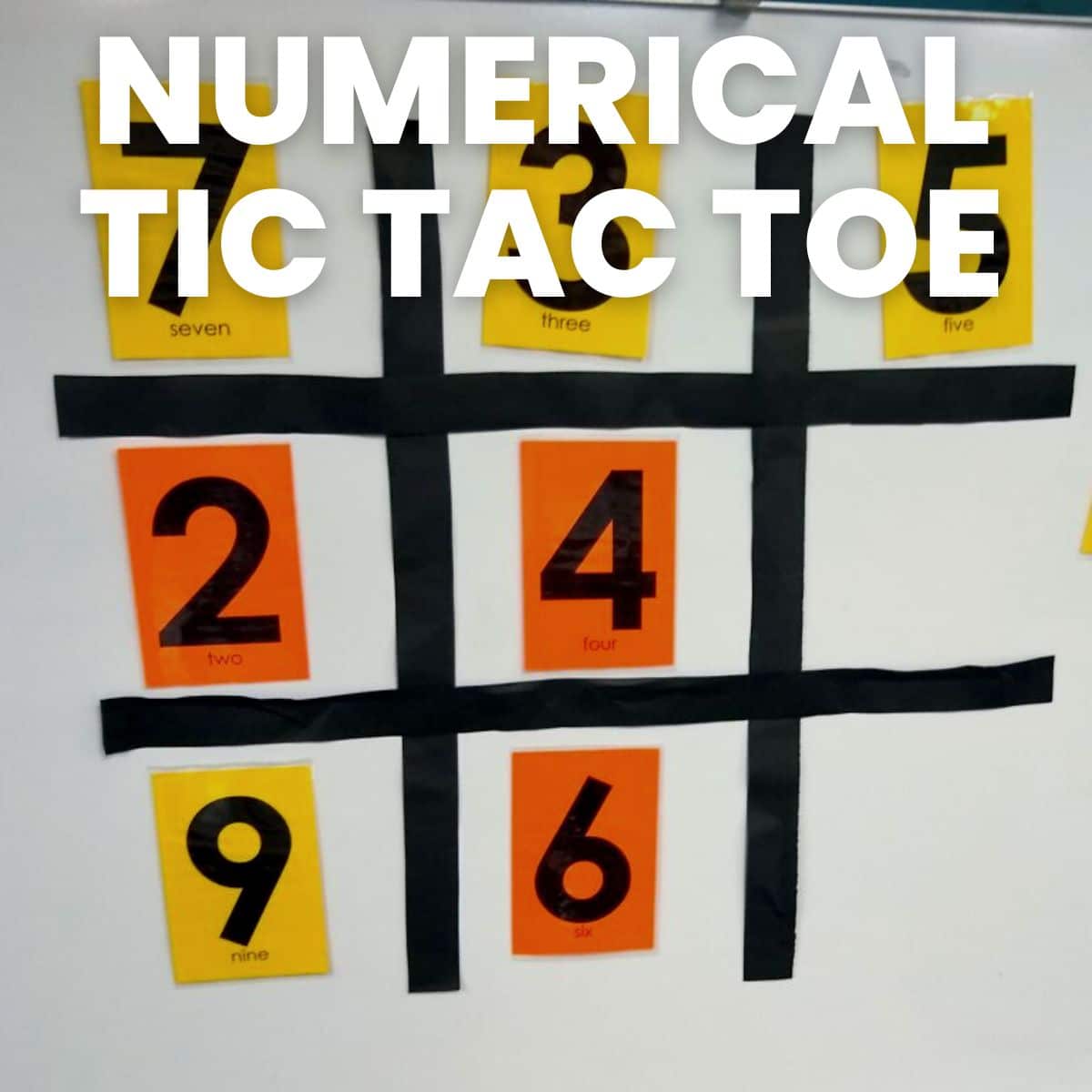
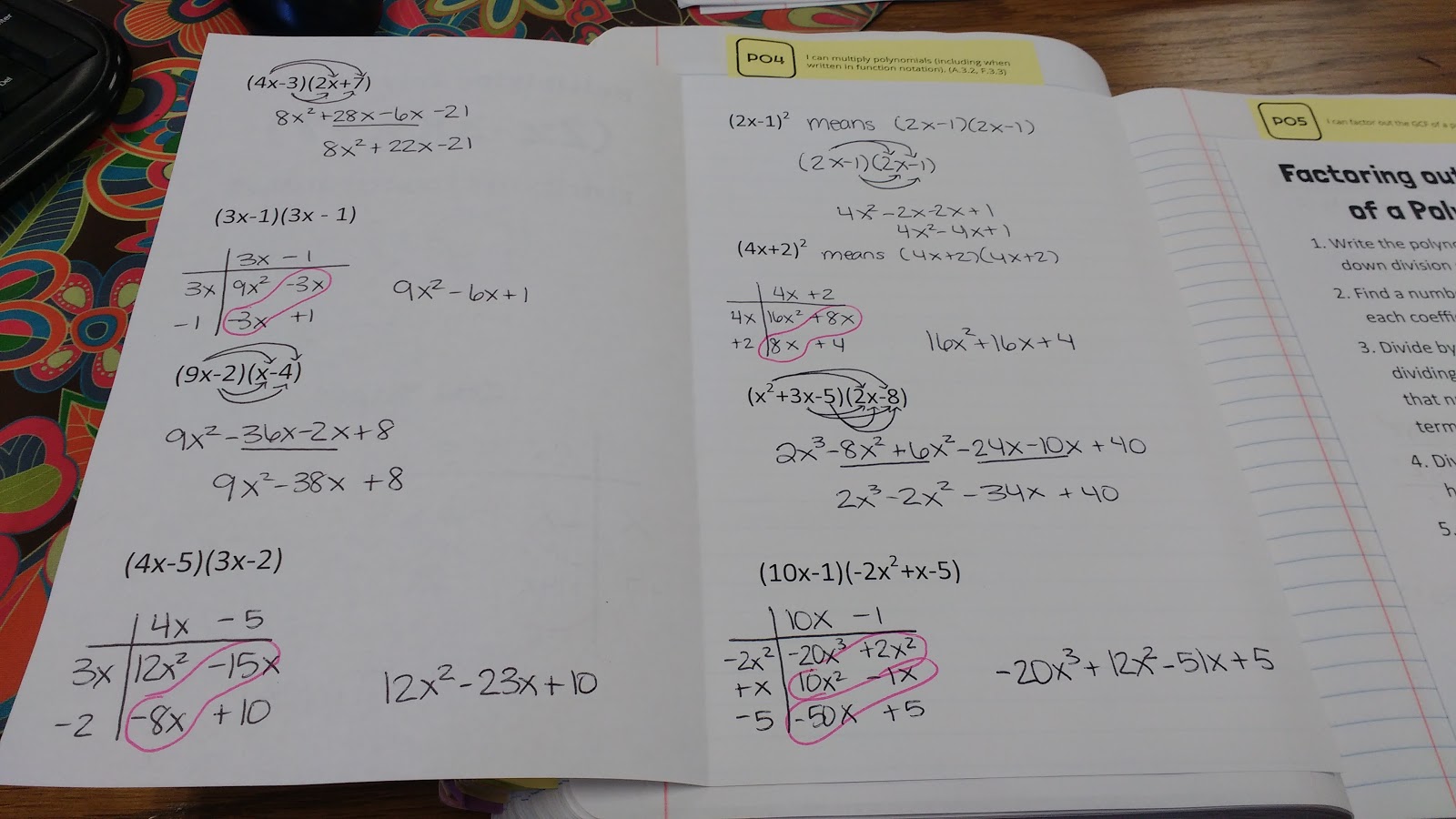

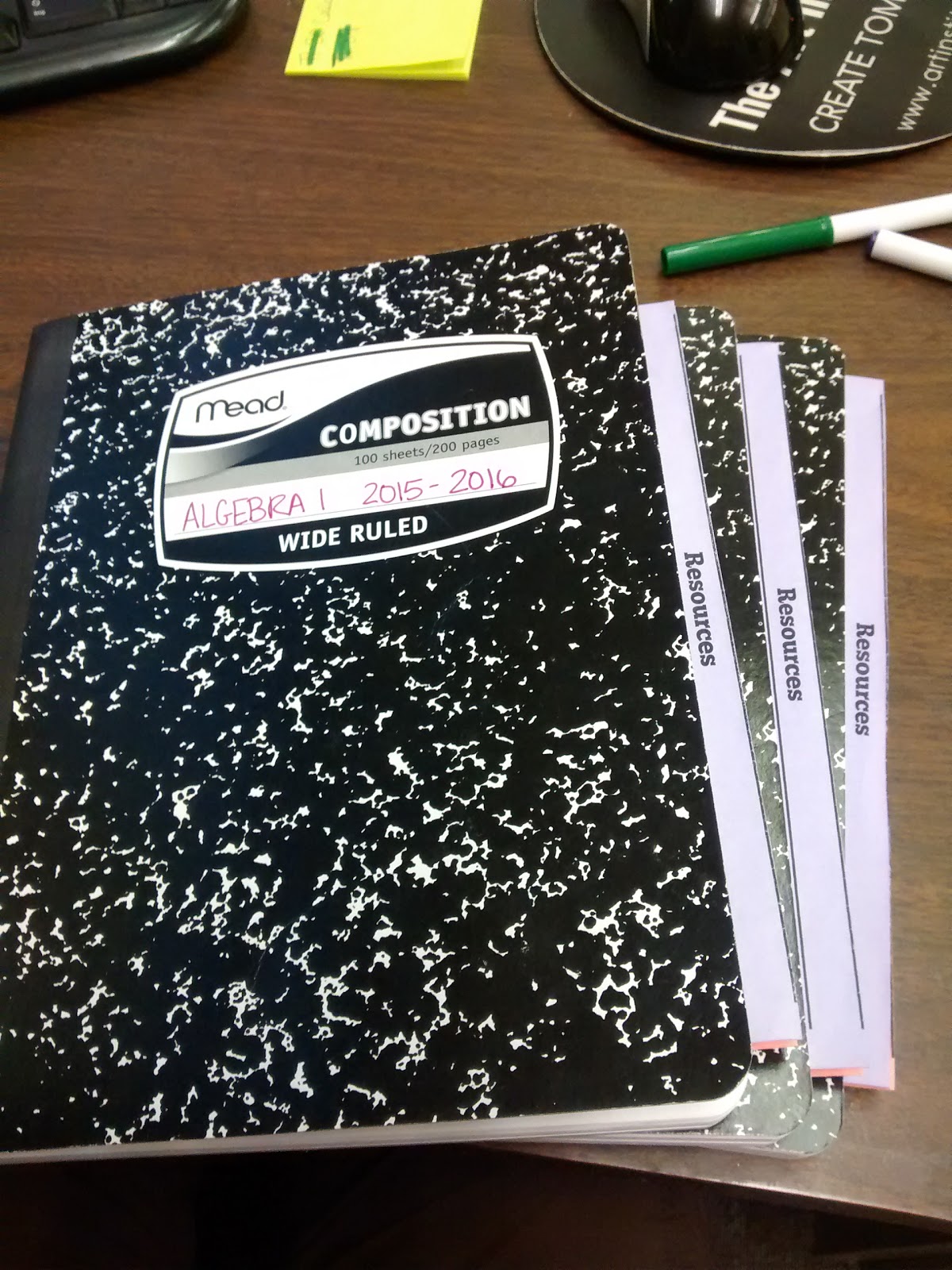

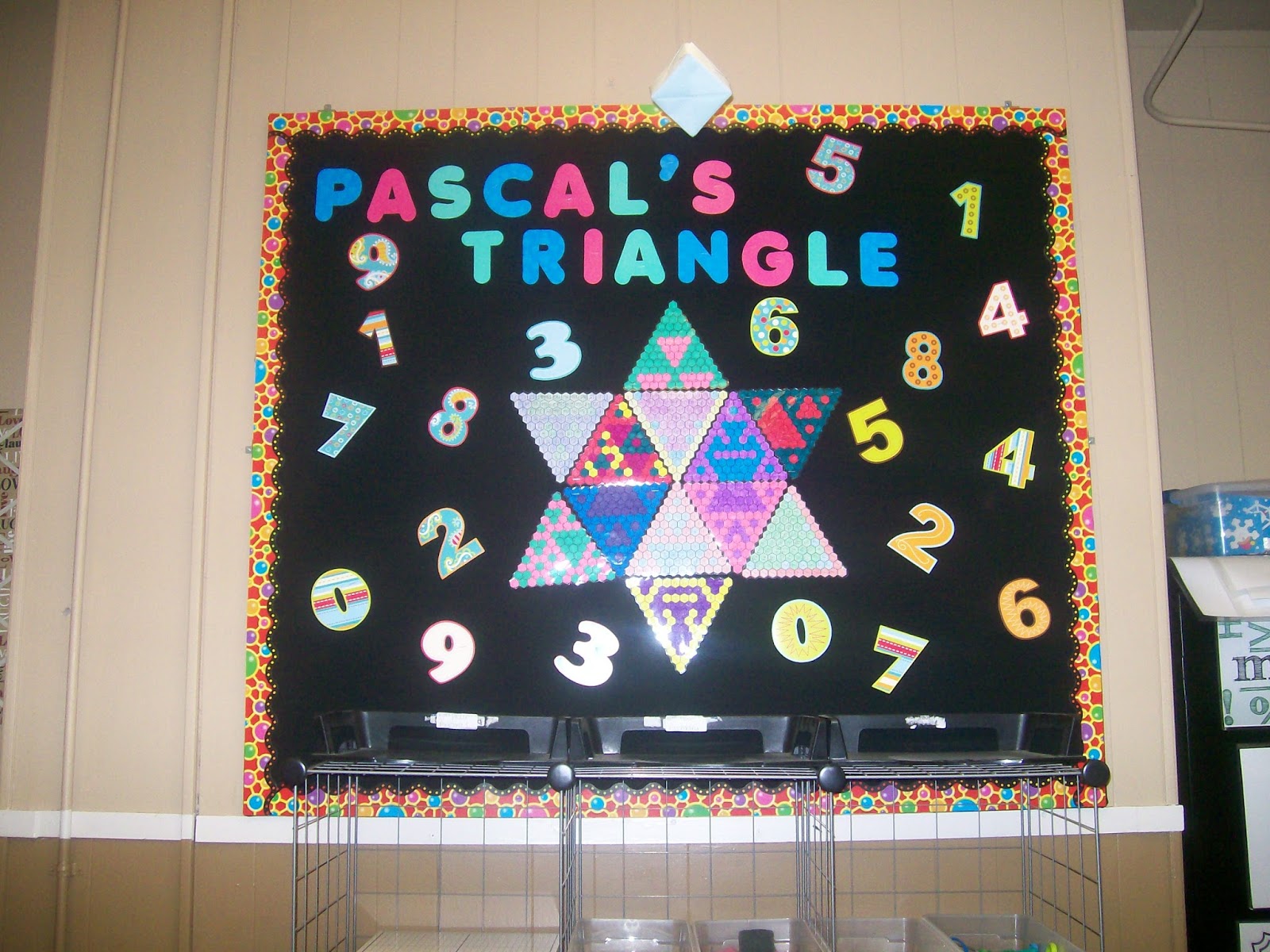
Sarah,
I used the Beano game to introduce probability to my students, and it was great! We then played the online version of Deal or No Deal to wrap up and kids had so much fun. In my first class we just played for fun, then in subsequent classes I tried your second document. It worked great! We were only able to play through one game, however it was a great review for fractions, decimals, percents and probability for my 7th graders. Thanks so much:)
Glad to hear that you and your students have been having fun with some of the probability activities that I have posted. I did the same activities with my high school Algebra 1 students about two weeks ago. I'm convinced that probability is one of the most fun areas of mathematics to teach.
How did students know when to take the deal or not? What probability was best?
They decided by looking at the percents. Different games had different results based on which cases were open.